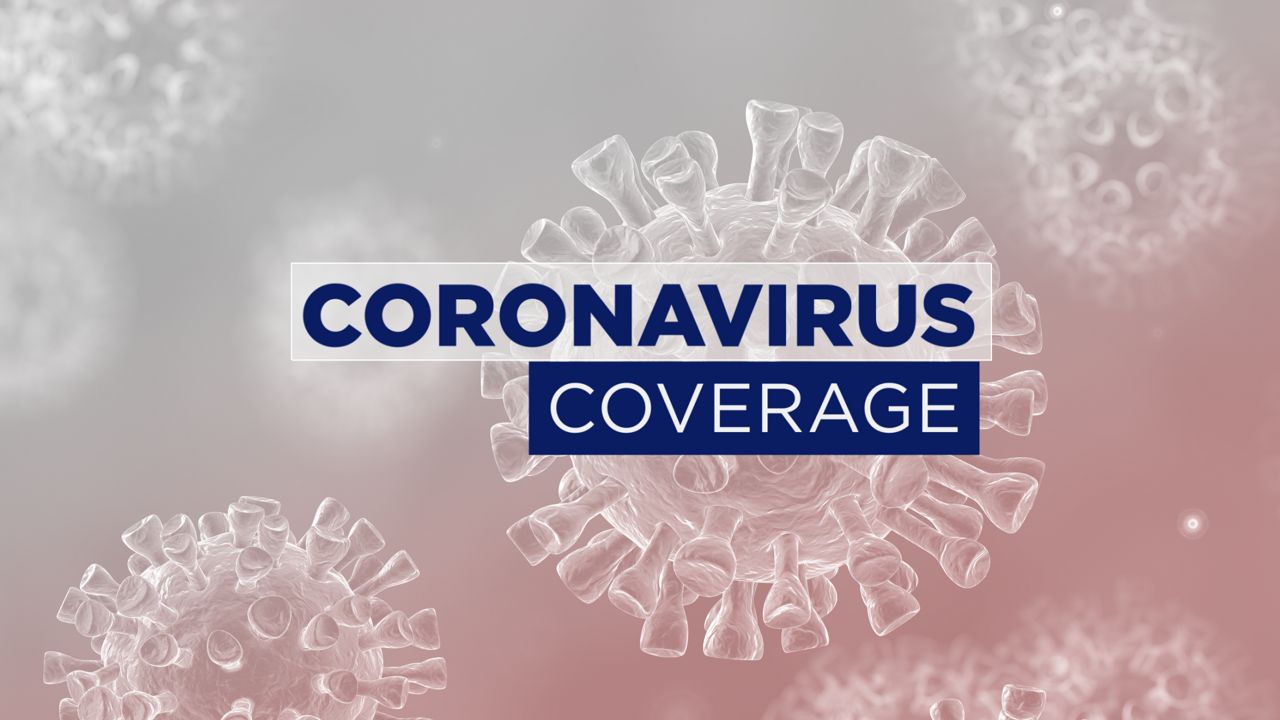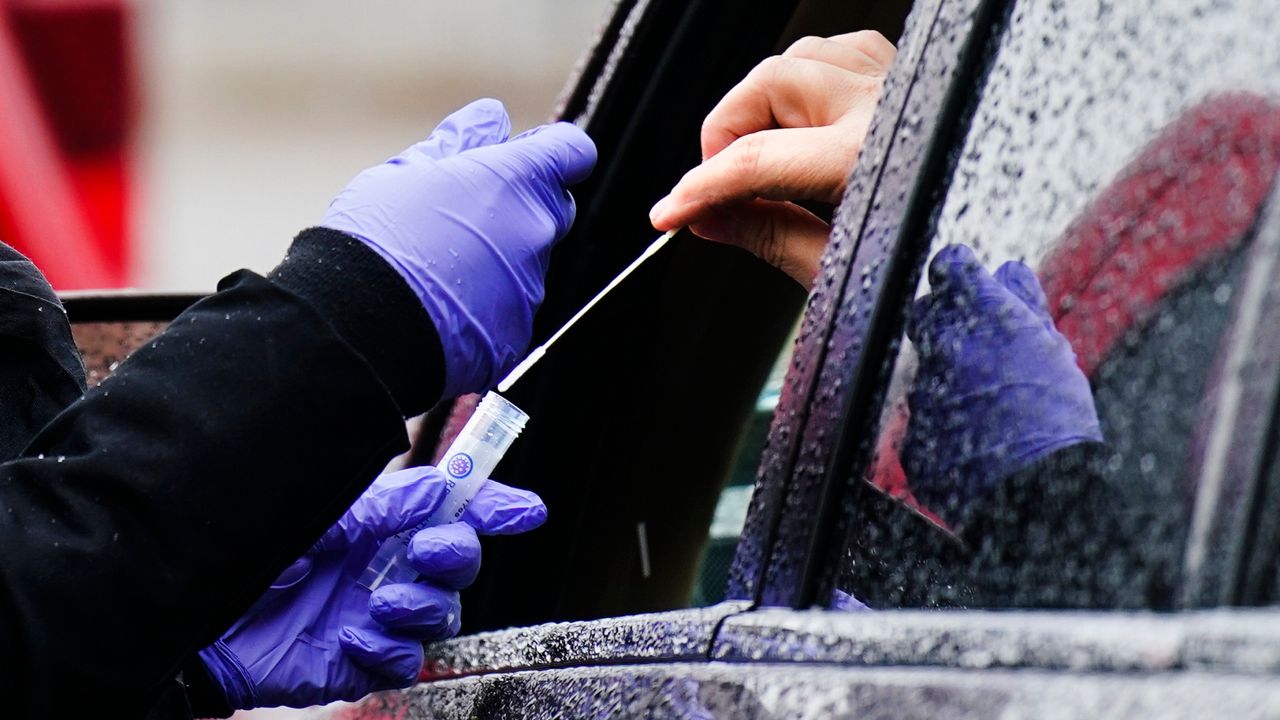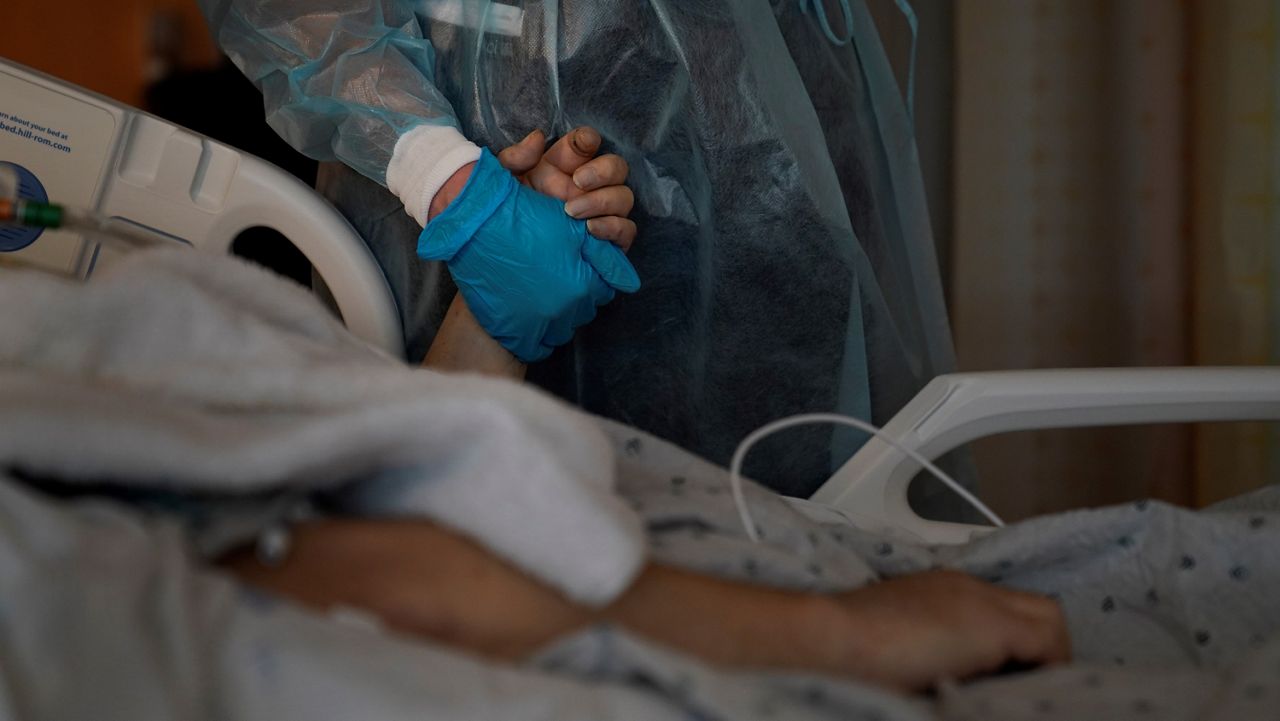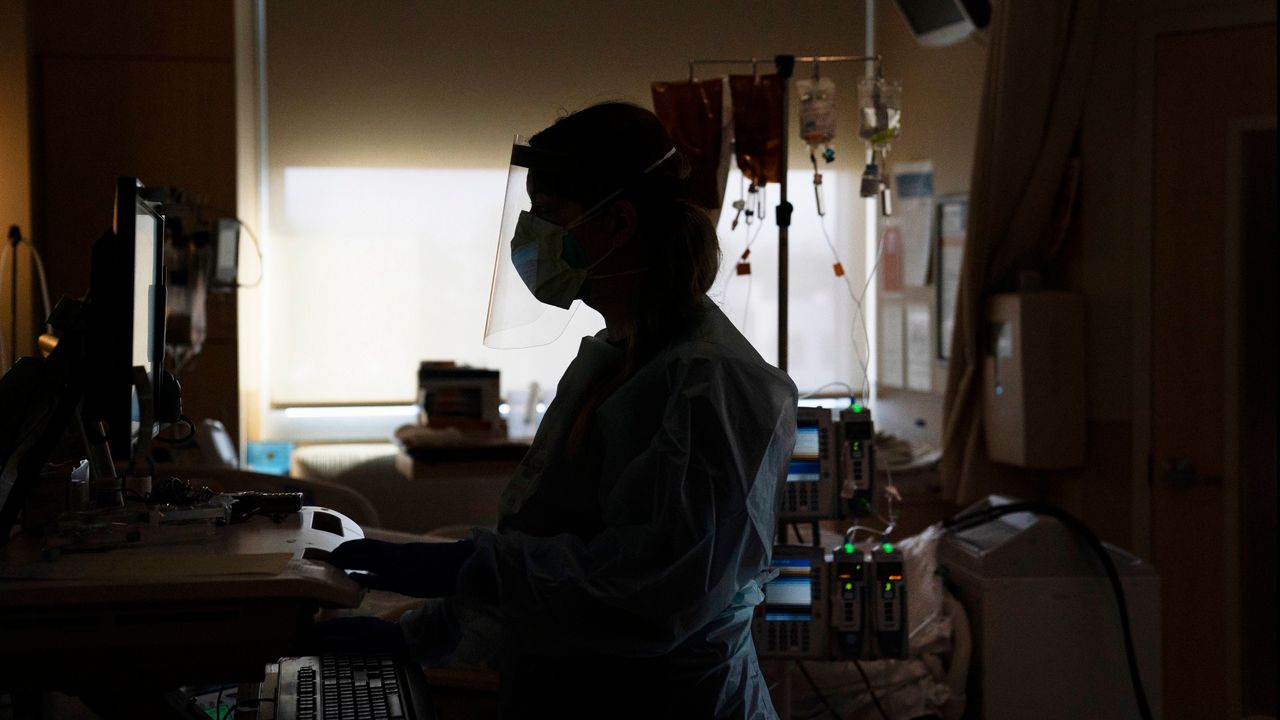In recent months, the scientific world has seen a steady flow of research updating what we know about the novel coronavirus, SARS-CoV-2, and how it affects humans. Because the virus is so new, researchers are still grappling with many questions about it. And because of the nature of the scientific process, no single study can completely answer those questions — instead, new research is constantly challenging our understanding of the pandemic.
Here, we explore some recent studies that have shed new light on the virus.
Children may spread coronavirus more than previously thought
The question of how much kids can transmit COVID-19 has been an important debate, especially as schools are weighing their options for reopening in the fall. Past research has suggested that, in addition to generally developing milder symptoms to infection, children are less likely than adults to spread the virus.
But a new study from South Korea, led by researchers from Hallym University and the Korea Centers for Disease Control, found that children aged 10 and older spread the virus at similar rates as adults — although kids younger than 10 still didn’t transmit the virus as much.
The study tracked transmission rates by looking at 5,706 COVID-19 “index patients,” who were the first in their households to be identified as positive for the virus. From there, the researchers traced nearly 60,000 contacts of those patients and followed up with testing on direct household contacts, as well as contacts outside the household who had symptoms.
The study’s authors found that the index patients in the 10 to 19-year-old age group actually transmitted the virus to their household members at the highest rate: 18.6% of their household members tested positive, compared to 11.8% on average for all age groups. Children aged 9 and under only infected 5.3% of their household contacts.
For both of these groups of children and teens, only around 1% of their identified contacts outside the household tested positive. The scientists write that the transmission rates outside the household could be lower because of strict social distancing policies that kept most people within their homes. But with moves toward reopening and, especially, returning to school in the fall, the scientists warn that it’ll be essential to figure out how to reduce transmission within households.
“Although the detection rate for contacts of preschool-aged children was lower, young children may show higher attack rates when the school closure ends, contributing to community transmission of COVID-19,” the study’s authors write.
New studies question link between blood type and COVID-19 risk
Early on, some scientific studies linked patients’ blood types with their likeliness of being infected with COVID-19 and developing severe symptoms if infected. Studies from China and Europe found those with Type A blood could be at higher risk, while those with Type O blood were more protected. Researchers have speculated the differences might have something to do with differences in antibody production or blood clotting.
But some new research has complicated this connection between blood type and COVID-19 risk.
Last week, a study led by Harvard researchers found no connection between patients’ blood type and severe health outcomes from COVID-19, including hospitalization, intubation, and death. “While there is data that ABO blood typing plays a role in disease acquisition and severity in other diseases, this was not the case in these data for COVID-19,” the authors of that study write.
The study did find that of 7,648 patients tested, those with Type O blood were slightly less likely to return a positive result for coronavirus — suggesting that blood type may have some effect on whether someone gets infected, but not on how sick they get. In their study, though, the researchers found that those with Type A blood were actually infected less often than those with Type B or AB, contrary to previous studies’ suggestion that Type A individuals were most at risk.
Another study from Columbia University recently released early results in preprint form — meaning the work hasn’t been peer-reviewed by other scientists for publication yet. This study found that among 7,770 patients, those with Type A blood were actually less likely to need intubation. These researchers also found that Type O blood groups were infected less often, supporting the conclusions of the Harvard research and other studies.
So, among all of these different studies, there is still not much consensus on which blood types might be more at risk for COVID-19, or how much effect blood type even has. In any case, researchers agreed that individuals and health providers shouldn’t use blood type as the basis for their decisions about coronavirus.
“No one should think they’re protected,” Nicholas Tatonetti, one of the Columbia researchers, told The New York Times.
Vaccine trials offer promising results
As the race for a coronavirus vaccine continues around the world, several companies have published trial results that bode well for moving the development process along.
On Monday, scientists from Oxford University published results that showed their experimental vaccine had succeeded in prompting an immune response in participants — a good sign that it could be effective in fending off COVID-19 infections. Hundreds of people who got the candidate vaccine showed a dual-immune response, spurring into action both antibodies and T-cells that can help fight off viral invaders.
In the U.S., researchers from the National Institutes of Health and Moderna Inc. also reported encouraging results from the first 45 volunteers who got their experimental shot. The vaccine provided an immune boost and led to antibody levels that matched what we see in people who recover from COVID-19, the scientists reported last week.
“No matter how you slice this, this is good news,” Dr. Anthony Fauci, the nation’s leading infectious disease expert, told The Associated Press at the time.
Both of these candidate vaccines included some minor side effects — such as fever, chills, and muscle pain — similar to reactions from other types of vaccines. They’ll be moving on to wider-scale trials to test the vaccine’s safety and effectiveness.
Among the more than 165 candidate vaccines in development, 27 are in human trial stages, according to a New York Times tracker. Results will continue to pour in as scientists fast-track efforts to find an effective shot as soon as possible.
And in the U.S., officials are optimistic that a vaccine will be available by the end of the year. On Wednesday, the federal government announced a nearly $2 billion deal with Pfizer to deliver doses by December, as part of its Operation Warp Speed program to speed up vaccine development and distribution.








